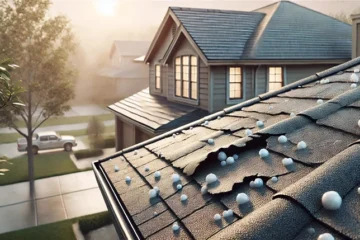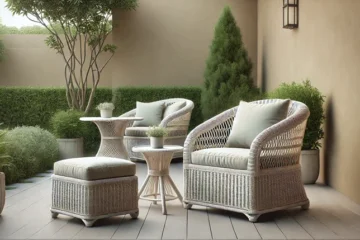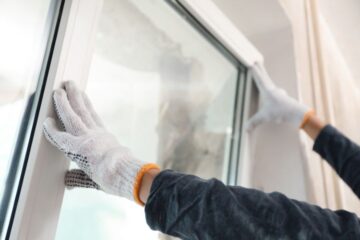Exterior Painting Basics
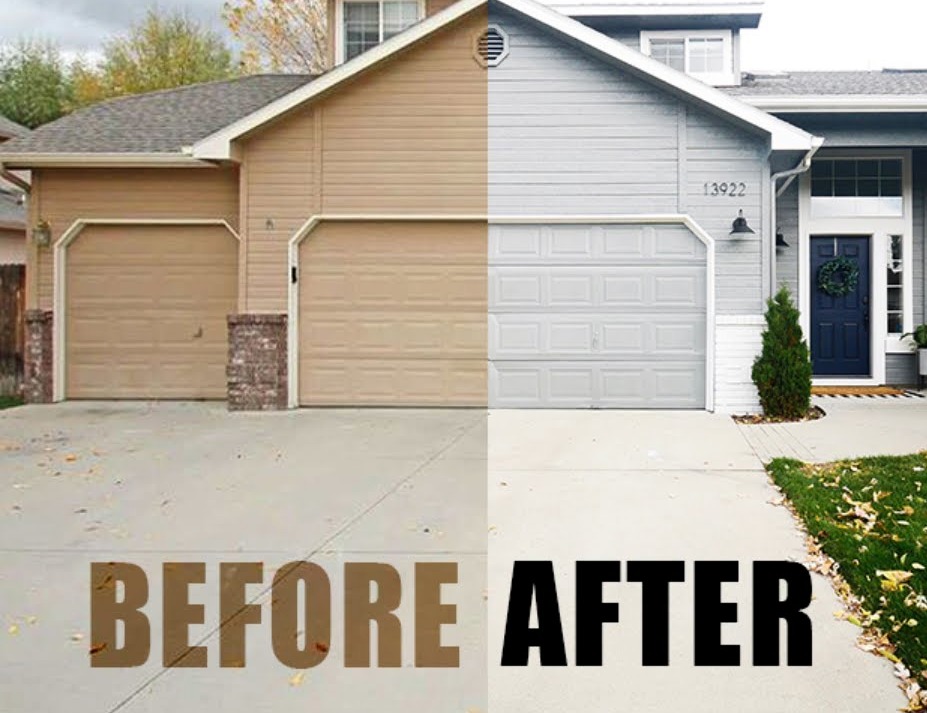
Painting the exterior of your home is a time-consuming task that takes patience, planning, and a lot of preparation. Many homeowners opt to hire professional house painters, who often charge by the hour. Exterior painting, on the other hand, may be a rewarding and cost-effective do-it-yourself project.
What’s in Exterior Paint and How Does It Work?
House paint not only enhances the appearance of your home, but it also protects it from the elements. Paint has been around for around 30,000 years. It originally only had two parts: a pigment and a liquid binder to keep the pigment suspended. The binder would start to evaporate as the mixture was spread, and once it was gone, a film of pigment would be left behind. House paint today is a little more complicated. It’s made up of:
- Pigment is a finely ground material that provides color (such as titanium dioxide, burnt umber, carbon black, or iron oxide).
- Binders are resins (such as alkyds or latex) that hold pigment particles together and to the painted surface.
- Liquid thinners (such as mineral spirits or water) are being used as diluents (solvents) to make the paint flow more evenly.
- Additives are substances that are added into a paint to give it special qualities (for example, biocides to ward off mildew)
Paint Formulations
On the outside of houses, three basic paint compositions are commonly used:
- Oil paint is prepared with natural drying oils like tung oil and linseed oil. Mineral spirits (paint thinner) and turpentine are the solvents.
- Alkyd paint: This paint employs synthetic resins instead of natural resins, yet it performs similarly to oil paint and uses the same solvents.
- Acrylic or vinyl acrylic binders are used in latex paint, which requires water as a solvent.
Oil paint for household usage is difficult, if not impossible, to come by these days, and alkyd house paint is becoming increasingly scarce. Because it works well, doesn’t emit unpleasant vapors, and cleans up simply with soap and water, latex has taken over the do-it-yourself paint business.
Types of Exterior Paint
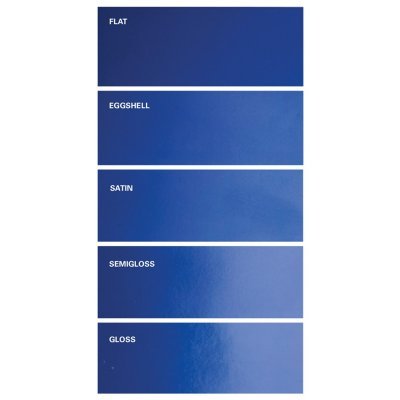
House paint formulations come in a variety of varieties, each of which is designed for a specific application. The following are some of the paint types:
- Stain blocker is a unique paint that is available in both water and alkyd variants. Dark stains that are covered with light-colored paint always show through the topcoat; a stain blocker is used before the paint is applied to cover such stains.
- Primer: A must-have first coat for any painting project, available in latex and alkyd formulas. Paint sticks to the primer, which adheres to the surface effectively. Alkyd-based primers should only be used with alkyd-based topcoats. Latex primers can be used with any topcoat.
- A topcoat with a matte finish and no sheen is known as flat. Flat paints are available in water and alkyd bases, although latex flat paints are by far the most popular. Flat paints, which are commonly used on siding but not trim, hide surface imperfections better than higher-gloss paints.
- Eggshell is a semi-glossy finish that is somewhat glossier than flat paint. It offers some of the durability of semi-gloss and gloss paints while hiding surface flaws like flat paints. Eggshell is the finest choice if you just want to utilize one paint color for your exterior and trim.
- Semi-gloss is a type of topcoat that is commonly used on trim, doors, and windows. Although alkyd semi-gloss paints are available, most consumers prefer latex.
- Gloss: A lustrous finish that shines brighter than any other form of paint. It’s commonly referred to as enamel, and it’s made for porch floors, pool decks, arbors, and other areas where toughness is required (though it can become slippery when it comes in contact with water, so be careful walking on gloss-painted floors in the rain or near swimming pools). Although latex-based enamels are available, alkyd-based enamels offer the highest shine and are generally thought to be stronger and stay longer.
Where Can I Get Exterior Paint?
When it comes to paint, quality and price are usually closely linked. However, price isn’t the main criterion for paint quality. Other considerations include:
- Latex vs. alkyd: When choosing between latex and alkyd (oil) paint, choose latex. It works well, is simple to use, and is environmentally friendly.
- Acrylic binders vs. vinyl acrylic binders: Choose 100 percent acrylic binders for outside work since they are more weather-resistant than vinyl acrylic binders.
- The best sort of paint pigment is titanium oxide, and the more titanium oxide a paint has, the better it will function.
- Solids are the pigments and binders that are left behind after the paint has dried. The more solids in the paint, the more durable it will be. Unfortunately, because manufacturers do not specify all of the paint’s ingredients (or the amount of each ingredient) on product labels, there is no easy way to determine which paint contains the most solids. Request the technical data sheets for the products you want to compare from your merchant. These pages list all of the ingredients in the paint, as well as their percentages. Technical data sheets are also available on the websites of paint manufacturers. They’re sometimes referred to simply as data sheets, and they’re frequently seen alongside the material safety data sheets (MSDS) that the US government requires for every paint product.
- Warranties: While most buyers ignore conventional product warranties, they are a good predictor of paint quality. You can guarantee that if a manufacturer offers a 10-year warranty on one paint and a 15-year warranty on another, the second is superior paint than the first, regardless of price.
What to Look for When Choosing Exterior Paint Colors
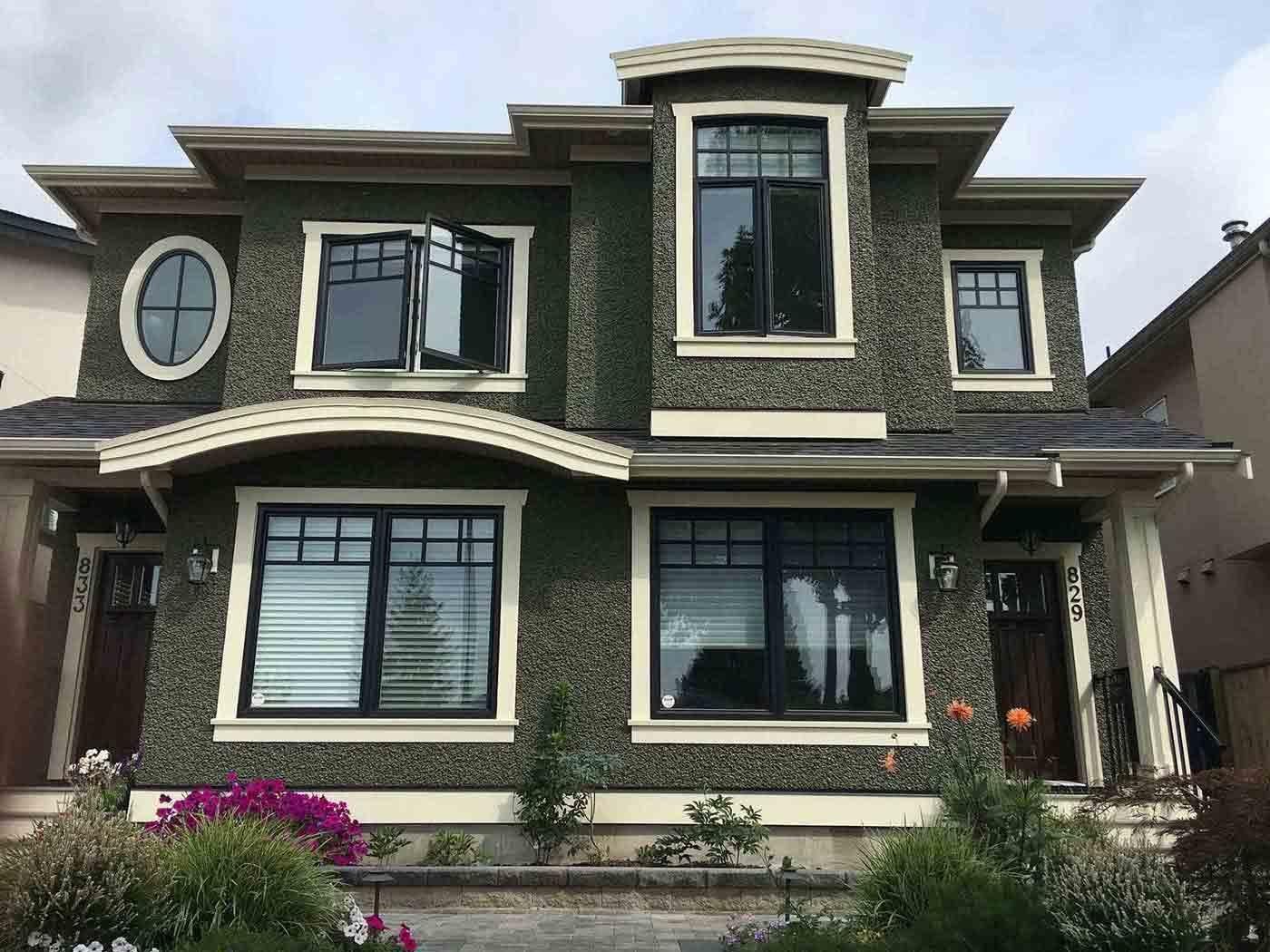
Homeowners are cautious when choosing exterior paint colors, and for good reason: a house’s curb appeal is largely determined by the condition and color of the paint. As a result, “safe” colors (such as white) are virtually universally popular. However, selecting fascinating colors is not tough, especially if you follow these steps:
- Make a color chart of the exterior of your home: Make a color chart for fixed elements like roof shingles, sidewalks, driveways, and patios. Any colors you choose should complement these features.
- Take inspiration from your favorite homes: Drive around town, taking close attention to any structures that have some or all of the fixed items that are on your property. Make a list of your favorite colors and try to narrow down your choices to just a handful.
- Get to know the color wheel: A color wheel is a design tool that depicts 12 colors uniformly distributed around a circle. Analogous colors are those that are near to each other and are regarded to complement each other well. Complementary colors are those that are directly opposite each other; they’re considered opposing colors, and blending them harmoniously takes a little more effort.
- Request color suggestions from your paint retailer: Palettes for different regions of the country and historical or architectural periods have been established by major paint companies. You may rely on a paint company’s grasp of colors that go well together, even if you don’t share their identical likes.
- Look to new technologies: Many major paint firms now supply color-matching software to their dealers. A computer at the business analyzes a photo of your home and allows you to modify the siding and trim color onscreen. Similar software is also available on personal computers.
- Light colors, such as off-white, beige, and pastels, can provide a crisp, clean aesthetic even if you don’t want to go absolutely safe. Bolder colors, on the other hand, might be risky and may even detract from the desirability of your property to potential purchasers. Remember that a bold colour will appear even bolder when utilized on such a wide scale.
- Maintain the architectural integrity of your home: When selecting colors, keep in mind the architectural style and elements of your home. Simpler structures require more subdued color choices, whilst more ornate homes might go for a bolder colour.
Basic Painting Technique
A decent painting method is easy in general:
1. Thoroughly mix the paint so that all of the components are evenly distributed.
2. Evenly distribute the paint to form a continuous, impermeable film. Allow enough drying time for the paint’s liquid component to evaporate, leaving a stable pigment and binder layer behind.
The rest of this tutorial has detailed advice on painting equipment, preparation, and particular approaches for different areas of the house.

